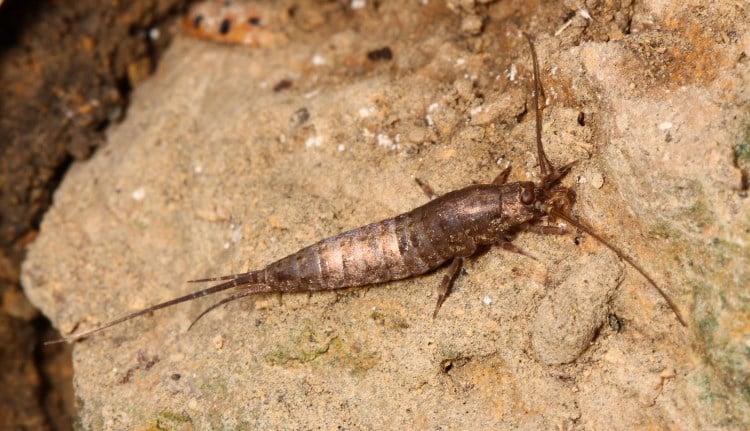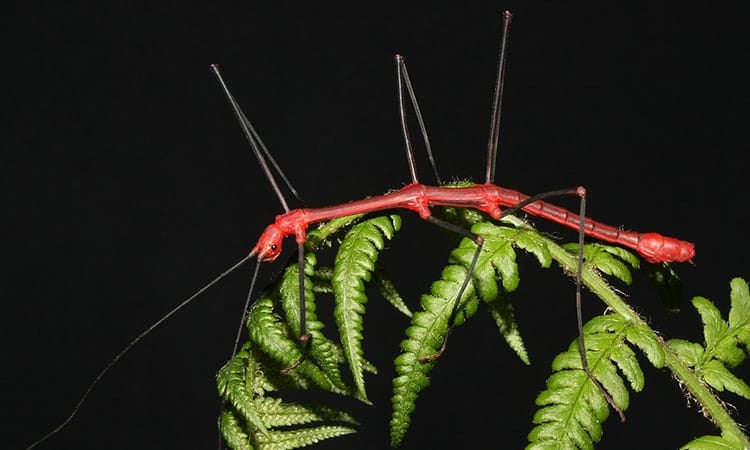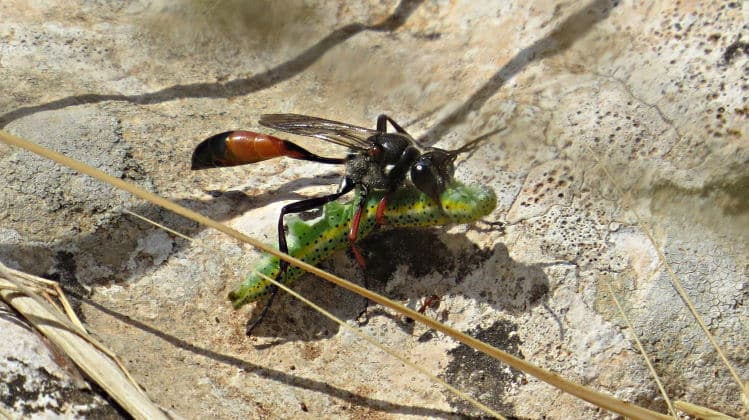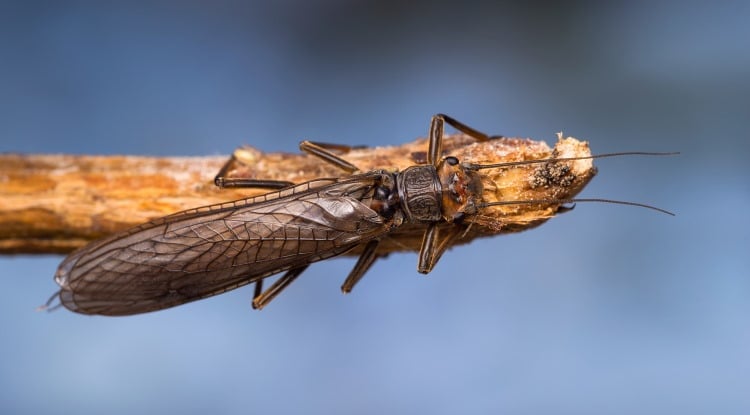Microcoryphia: The Antique World of Bristletails
The Microcoryphia, known as bristletails are part of the old Thysanura (or three pronged bristle-tails) along with the Zygentoma. They are an ancient lineage linking the Apterygota (primarily wingless insects) and the Pterygota (primarily winged insects). It contains some of the most primitive of insects known to man i.e., the Thysanura are most like what we think the first insects looked like.
The earliest known fossil Microcoryphian is from the Lower Devonian period. (419 million–393 million years ago.)
The Protura, Diplura and Collembola represent other branches from a shared arthropodal ancestor, which are considered part of the ‘Hexapoda’, but not part of the ‘Insecta’.
The Hexapoda is a separate superclass of arthropods, including the smaller group the ‘Insecta’- which contains the rest of what we think of as ‘The Insects‘ in classification schemes.
Biology of the Microcoryphia
The Microcoryphia are small (7–20 mm), flightless insects with ectognathous mouth parts (externally visible, as compared to the entognathous mouth parts of the Diplura, Protura and Collembola – which are sunk into the head and thus not immediately visible). They have long filiform antennae with as many as, or more than, 30 segments.
The abdomen has ten segments generally ending in three ‘tails’ consisting of two cerci and a telson, caudal filament or epiproct. The cerci are shorter, often much shorter, than caudal filament. They are commonly called Bristletails, or Three-pronged Bristletails to distinguish them from the Diplura which are sometimes referred to as Two-pronged Bristletails.
Microcoryphia are cylindrical, with enlarged dorsal thoracic plates, making them appear teardrop shaped or humpbacked.
Cylindrical body, laterally compressed; monocondylar jaw; large continuous compound eyes, and usually three ocelli. They also possess styles in the coxas (missing exceptionally) and respiratory stigmata in abdominal segments II-VIII;
They spend most of their life concealed beneath or within stones, wood, houses, the soil etc., and they mostly feed on dead plant material and fungal hyphae. There are more than 514 identified species in the world as of March 2021

Their most common natural enemies are spiders, although centipedes and carabid beetles are also know to eat them. Internally they may be parasitized by Sporozoans and externally they can have a problem with erythraeid mites. Some species of Zygentoma are also parasitized by Strepsipterans.
Some members of the Zygentoma, such as the SilverFishes (Lepisma saccharina & Ctenolepisma longicauda) and the Firebrat (Lepismodes inquilinus) can be a nuisance in homes and offices, where they will eat both paper and cotton. They possess their own cellulase enzymes and are not dependent on bacteria to digest such products, in the way Termites are for instance.
Reproduction of the Microcoryphia
Fertilization is indirect, meaning the males leave packets of sperm, called spermatophores, attached to the substrate for the females to find. Therefore there is no contact between the sexes for mating and no courtship. They lay their eggs (normally between 5 and 20) in small crevices, or loose in the substrate – although some members of the family Nicoletiidae lay their eggs singly, one here, one there.
Their eggs are colored orange, brown or grey when laid but quickly darken. The young possess an egg tooth in their first instar, this helps them escape the egg. They look like miniature (but pale) adults. They do not gain the scales that give them their color until the 2nd instar in the Microcoryphia and the 3rd instar in the Zygentoma.
The time taken to reach maturity varies considerably. In some species they become sexually active after the 9th instar, but in others not until the 14th or 15th. They live relatively long lives, up to 4 years, and continue to moult regularly as adults.
You can see some lovely paintings of some thysanura done by A.T.Hollick in the 1860’s in John Lubbock’s 1871 monograph on the Collembola and Thysanura.
Microcoryphian Taxonomy
-
Order Microcoryphia / Archeognatha
- Family Machilidae
- Genus Heteropsontus
- Genus Leptomachilis
- Genus Mesomachilis
- Genus Meximachilis
- Genus Neomachilis
- Genus Pedetontoides
- Genus Pedetontus
- Genus Petridiobius
- Genus Petrobius
- Genus Trigoniophthalmus
- Family Meinertellidae
- Genus Hypomachilodes
- Genus Machilinus
- Genus Machiloides
- Genus Nesomachilis
- Family Machilidae
Image Credits:- Cover Image by Yasunori Koide – License CC BY-SA 3.0, Microcoryphia Image License: Creative Commons





